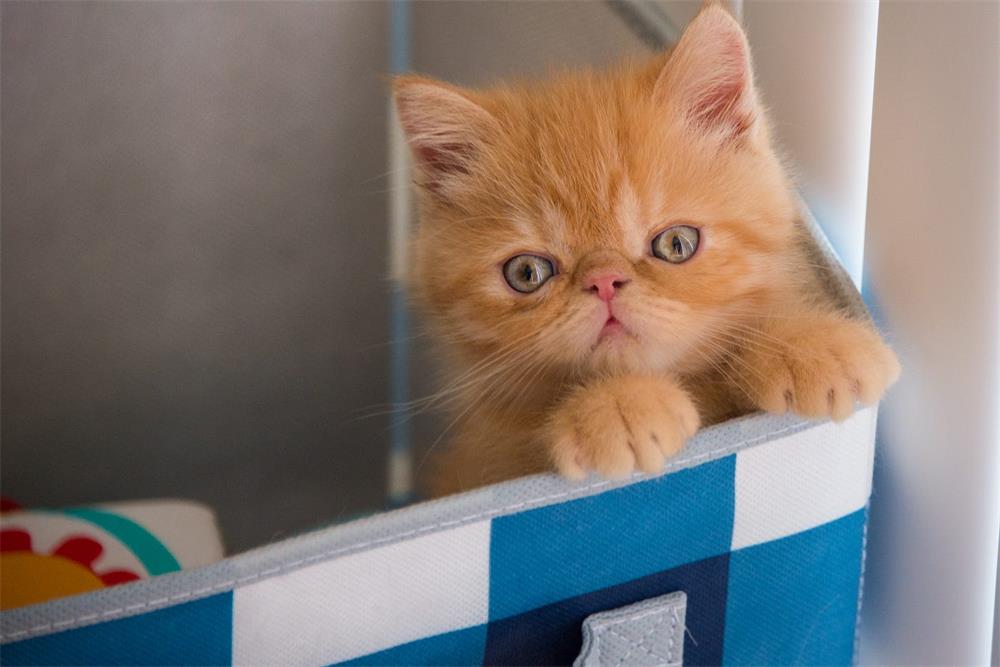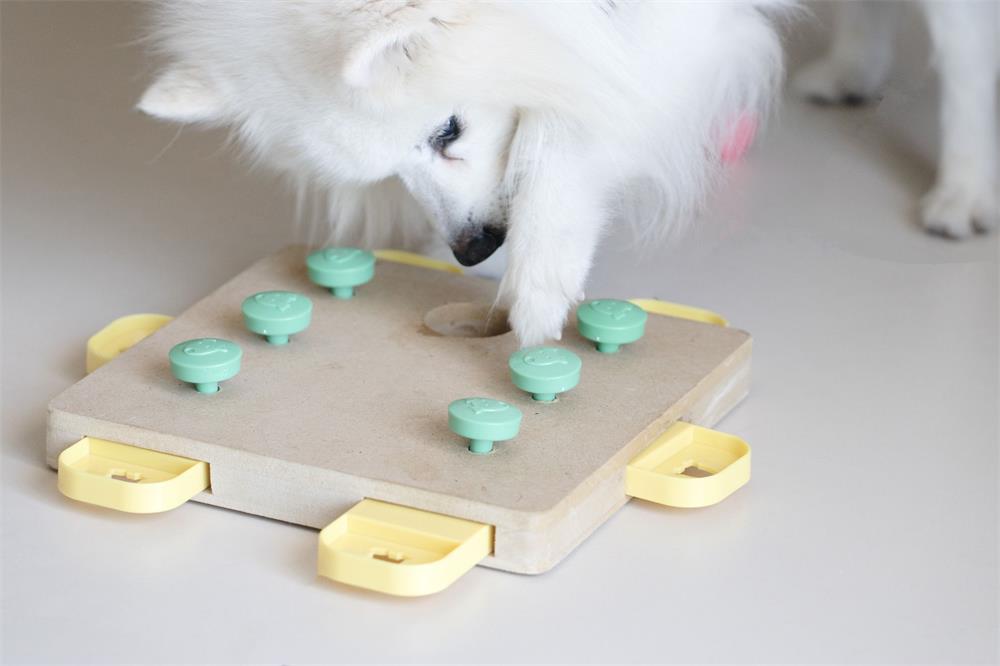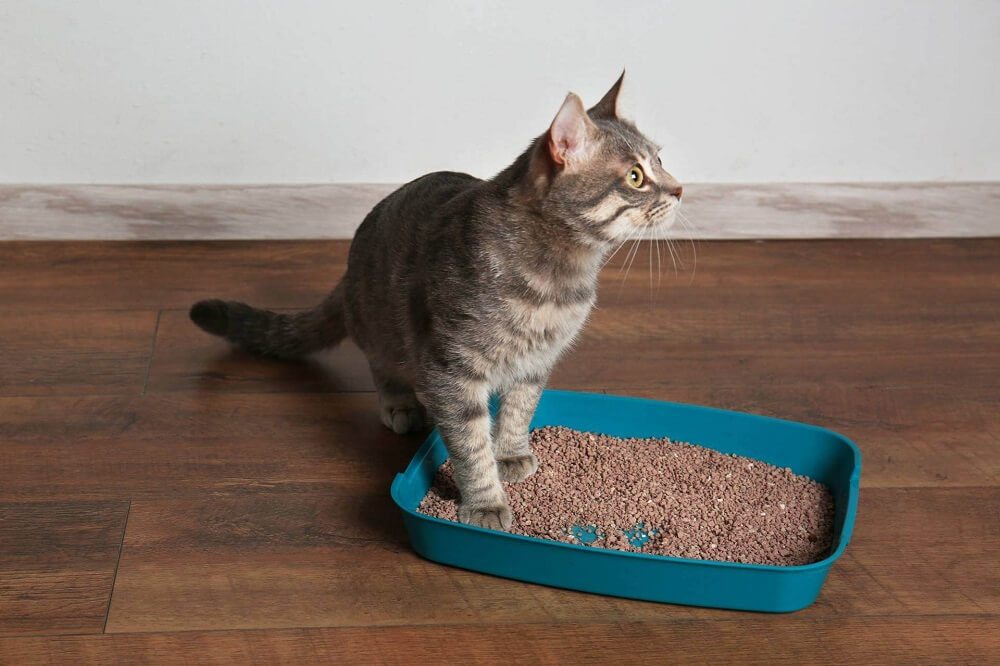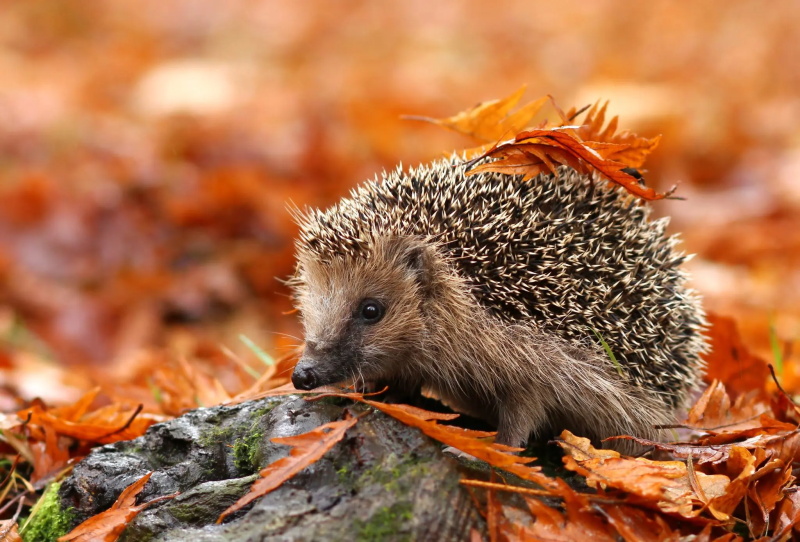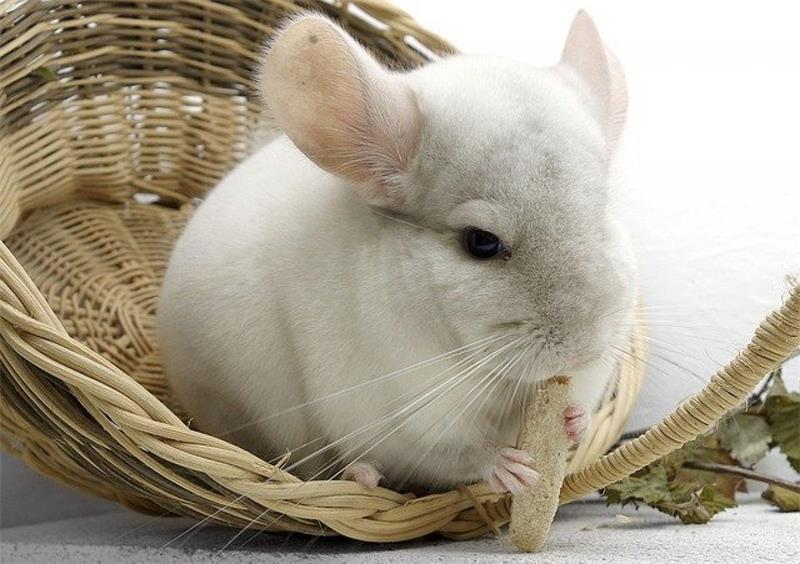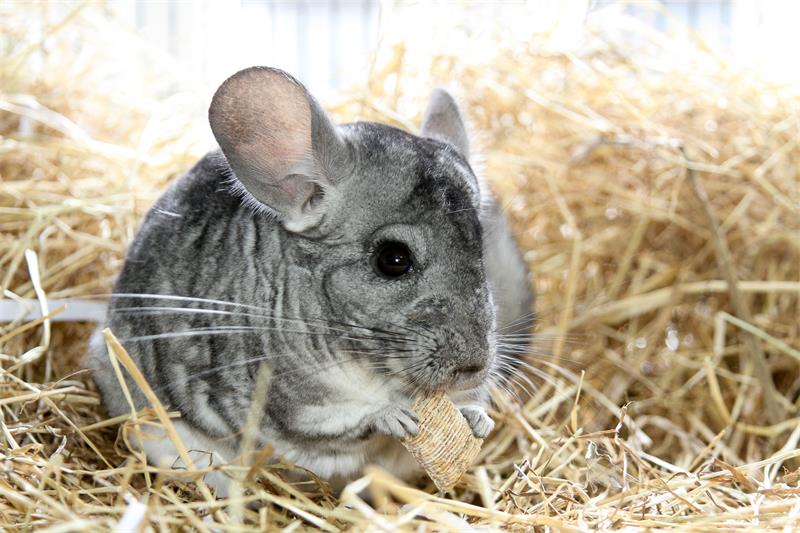Cats are wonderful companions who can bring joy and comfort to our lives. But not all cats enjoy being petted the same way, and some may even dislike it altogether. How can you tell if your cat likes to be petted, and where and how should you do it? Here are some tips from experts on how to pet a cat the right way.
Do: Let the cat initiate contact
One of the most important things to remember when petting a cat is to let them decide if and when they want to be touched. Cats are independent and territorial animals who value their personal space and autonomy. Forcing your attention on them may make them feel threatened or annoyed, and they may react by biting or scratching you.
The best way to pet a cat is to let them come to you first. Extend your hand or finger towards them and let them sniff you. If they show interest, rub their head or cheek gently. If they move away or ignore you, respect their choice and leave them alone. Don’t chase them or grab them, as this may scare them or make them angry.
Some cats may be more friendly and outgoing than others, and may seek your attention more often. Others may be shy or aloof and may prefer to keep their distance. Every cat has their own personality and preferences, so pay attention to their body language and signals.
Do: Focus on areas with scent glands
Cats have scent glands on various parts of their body, which they use to mark their territory and communicate with other cats. When they rub their face or body against you, they are depositing their scent on you and claiming you as theirs. This is also a sign of affection and trust.
The areas with scent glands are usually the best places to pet a cat, as they tend to enjoy it more. These include:
- The chin
- The cheeks
- The forehead
- Between the ears
- The base of the ears
- The base of the tail
Use your fingers or fingernails to gently scratch or massage these areas. You can also use the back of your hand to stroke their face or the side of their body. Some cats may also like to have their neck or chest rubbed.
Do: Use soft and slow strokes
Cats are sensitive creatures who can easily get overstimulated by too much or too fast petting. To avoid triggering a negative reaction, use soft and slow strokes that follow the direction of their fur. Don’t use too much pressure or force, and don’t tug or pull their hair.
You can also vary the type of touch you use, depending on what your cat likes. Some cats may enjoy gentle pinching, kneading, tapping, or rubbing. Others may prefer light brushing, tickling, or caressing. Experiment with different techniques and see how your cat responds.
Don’t: Touch the belly
Many people think that when a cat exposes their belly, they are inviting you to rub it. This is a common misconception that can lead to unpleasant consequences. While some cats may enjoy belly rubs occasionally, most cats don’t like them at all.
When a cat shows their belly, they are actually displaying a sign of trust and vulnerability. They are telling you that they feel comfortable and relaxed around you. But this doesn’t mean that they want you to touch them there.
The belly is a very sensitive and vulnerable area for cats, as it contains many vital organs. Cats instinctively protect this area from potential threats or attacks. If you try to touch their belly, they may perceive it as a sign of aggression or disrespect, and they may react defensively by biting or scratching you.
The best way to respond to a cat showing its belly is to simply admire it from a distance, or give them a gentle head scratch instead.
Don’t: Pet the back legs or paws
Another area that most cats don’t like to be touched is the back legs or paws. These are also very sensitive parts of their body that they use for hunting, running, jumping, and grooming. Touching them may make them feel uncomfortable or ticklish.
Some cats may also have negative associations with having their paws handled, especially if they have had bad experiences with nail trimming or declawing. They may see your hand as a potential source of pain or harm, and they may try to avoid it or fight it off.
Unless your cat is very relaxed and trusting, avoid touching their back legs or paws. If you need to handle them for medical or grooming purposes, do it gently and carefully, and reward your cat with treats and praise afterward.
Don’t: Overdo it
Even if your cat likes to be petted, they may have a limit to how much they can tolerate. Cats can get easily overstimulated by too much petting, especially in certain areas or with certain types of touch. When this happens, they may switch from being friendly and purring to being aggressive and hissing.
To avoid overstimulating your cat, pay attention to their body language and signals. Some signs that your cat has had enough petting include:
- Flattening their ears
- Twitching their tail
- Dilating their pupils
- Moving their head away
- Growling or meowing
- Biting or scratching
If you notice any of these signs, stop petting your cat immediately and give them some space. Don’t try to force them to continue or punish them for their behavior. Respect their boundaries and let them calm down.
Conclusion
Petting a cat can be a rewarding and enjoyable experience for both you and your feline friend. But not all cats like to be petted the same way, and some may not like it at all. To pet a cat the right way, you need to follow their lead, focus on areas with scent glands, use soft and slow strokes, avoid touching the belly, back legs, or paws, and don’t overdo it. By doing so, you can ensure that your cat feels happy and comfortable with you, and that you have a strong and positive bond with them.


